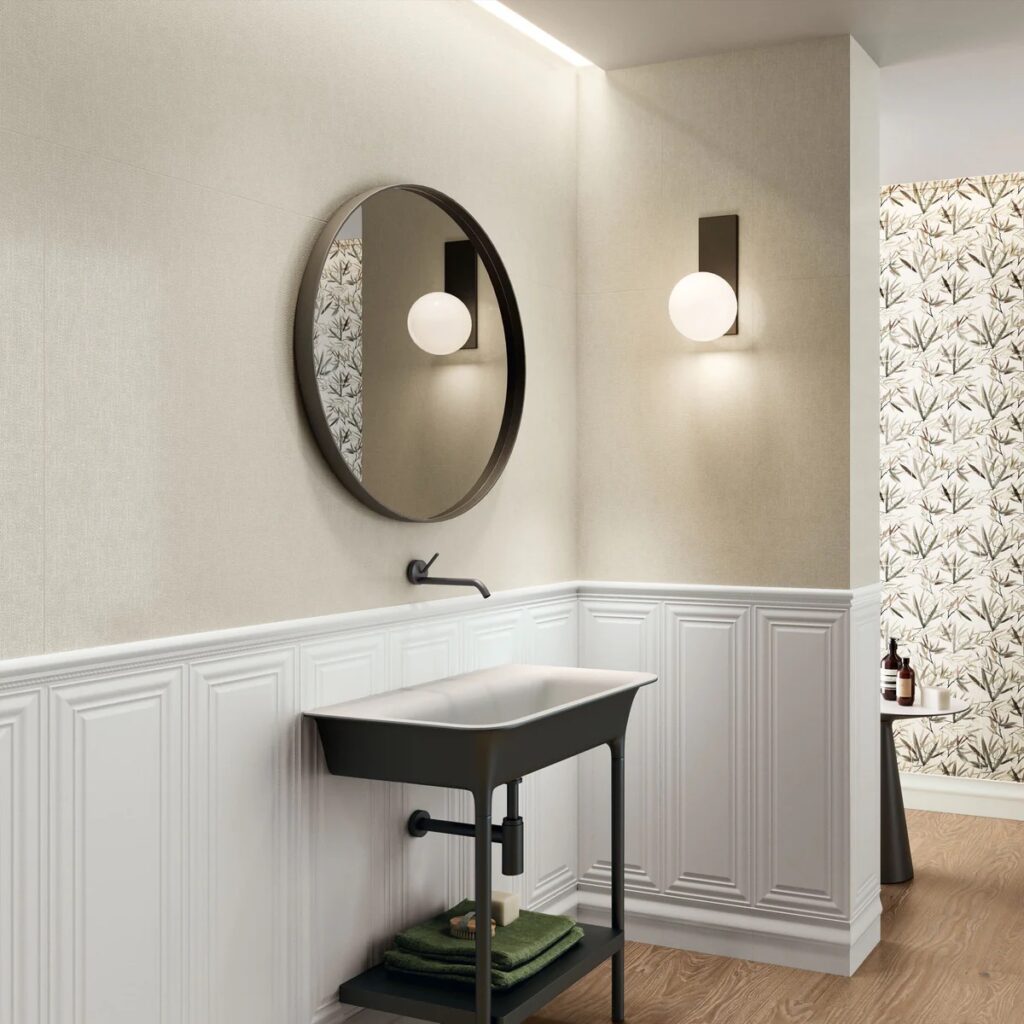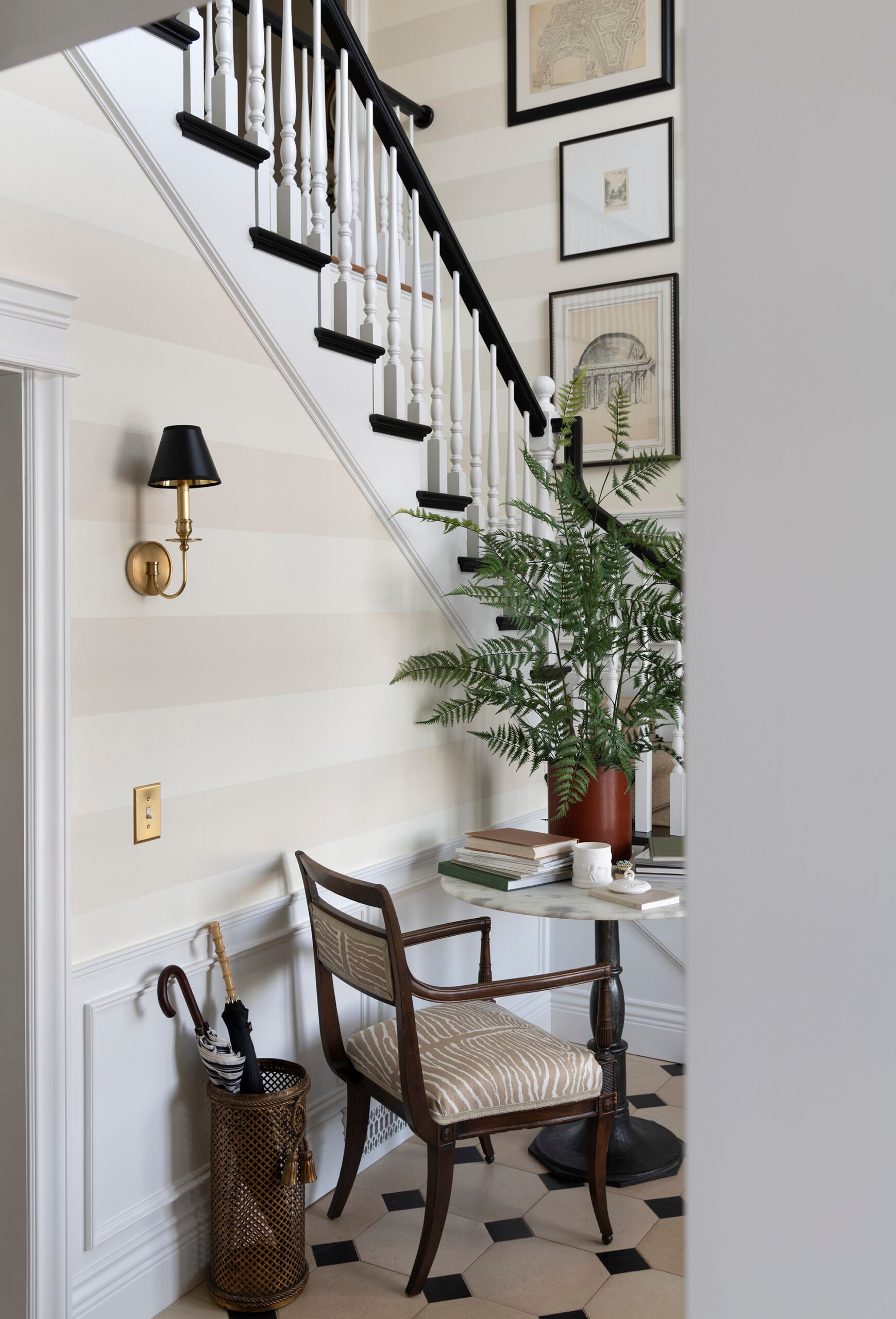If you’re updating a tired kitchen splashback or refreshing a dated bathroom, one question might come up early: can you tile over existing tiles?
According to Abbas Youssefi, Managing Director of Porcelain Superstore, the answer is simple: yes — but with caution. While removing old tiles is usually the best approach, it’s not always practical. Tiling over existing tiles can be a smart, time-saving alternative — if done correctly.
Here’s what you need to know before you start.
1. Assess the Existing Tiles
Your new tiles are only as good as the surface they’re fixed to. Begin by checking that the existing tiles are:
- Securely bonded — tap each one gently. A hollow sound may indicate a loose tile, which should be removed and refixed.
- Crack-free — damaged tiles compromise the surface.
- Clean — remove all dust, dirt, and grease. Sugar soap diluted in warm water works well.
If the base layer isn’t sound, tiling over it will only lead to failure further down the line.
2. Prepare the Surface Properly
Once you’re confident the tiles are solid and clean, it’s time to prep:
- Apply a suitable primer to ensure the new adhesive bonds correctly.
- Use the right adhesive — for porcelain tiles, a flexible tile adhesive is essential.
3. Know Your Limits
For Wall Tiling
Be aware of the substrate behind your existing tiles. Not all surfaces can bear the weight of two layers of tiles:
- Skimmed plasterboard has a limit of approx. 20kg per m² — often too low for two layers of tiles.
- Unskimmed plasterboard or tile backing boards are more robust and better suited.
Finish neatly — if you’re tiling halfway up a wall, standard tile trims won’t cover both tile layers. A slim timber moulding, painted to match, is a clean solution.
For Floor Tiling
Floors bring a different set of challenges:
- If the surface isn’t perfectly level, use a self-levelling compound.
- Allow for height increases — consider how new tile levels affect door clearances and thresholds.
- Always use a flexible adhesive to accommodate any movement.

The Bottom Line
Yes, you can tile over tile — but only if the existing surface is in excellent condition. It’s a route that can save time, cost and disruption, especially in busy homes. Just be sure to follow expert advice and don’t be tempted to skip on the prep.



